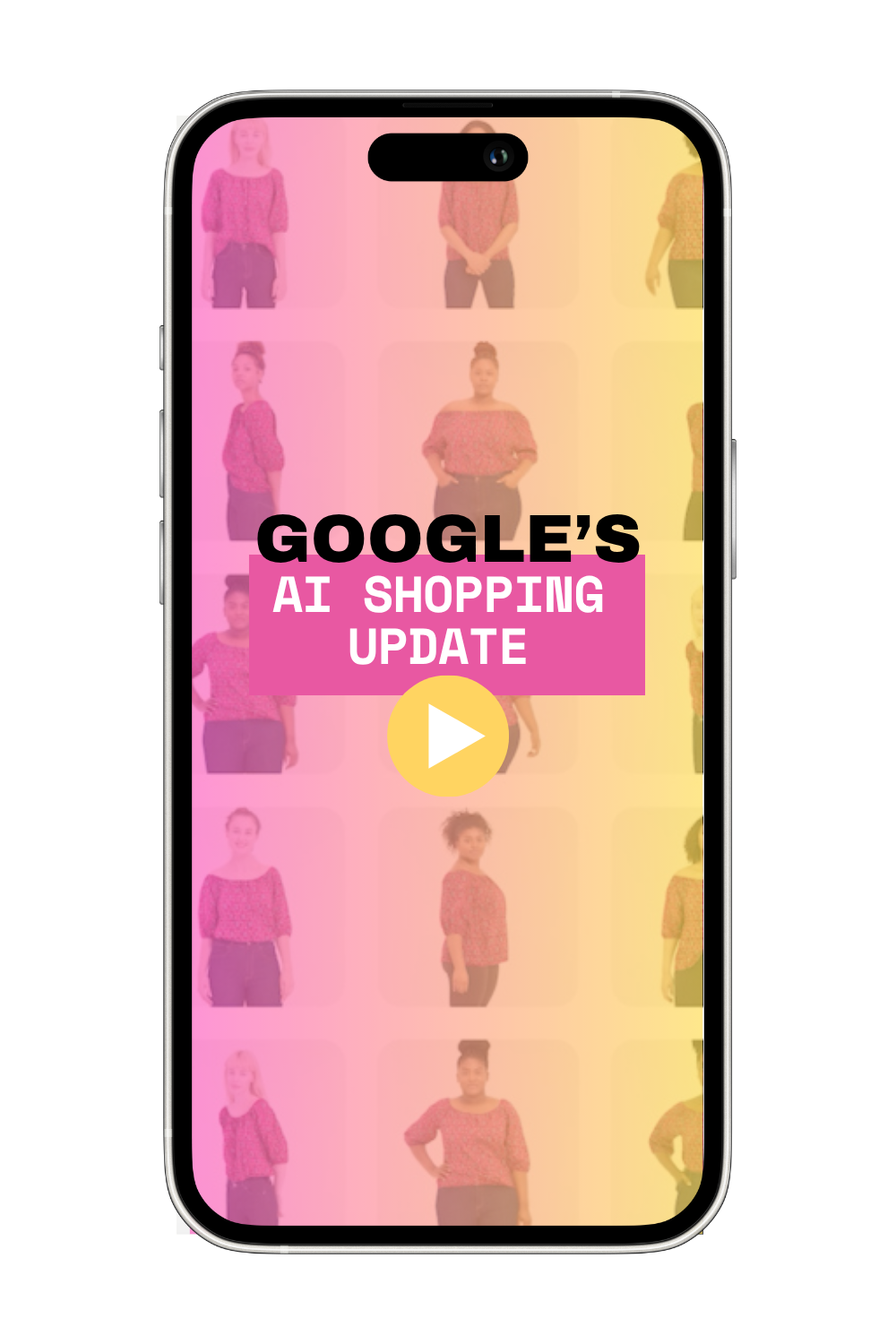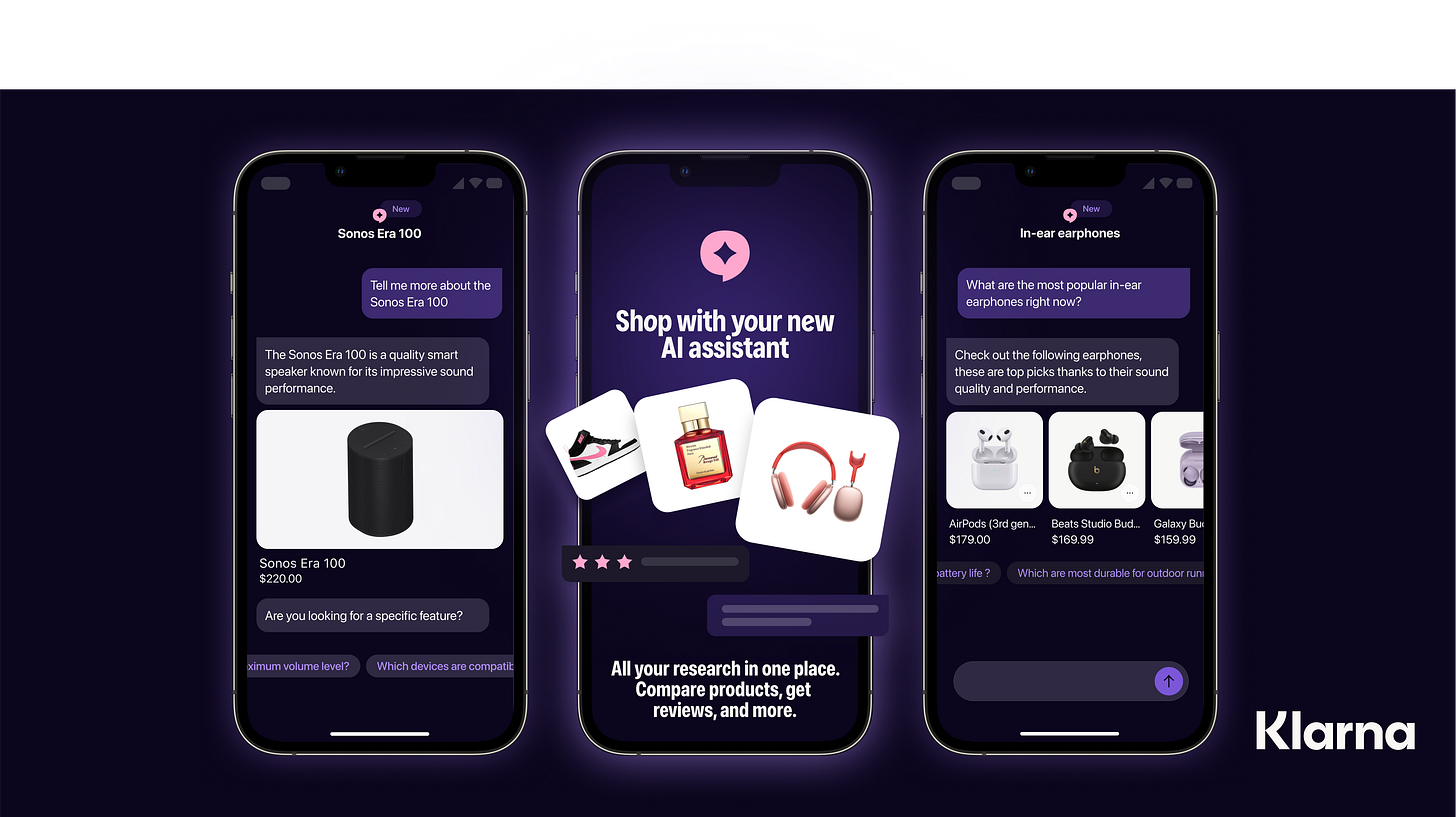Shopping with a Side of AI: How Google, OpenAI, and Others are Racing to Reinvent Retail
AI isn’t just influencing what we buy—it’s changing how we buy it. The race to own the AI shopping experience is on.
It’s official: the AI arms race has come for your shopping cart.
In recent weeks, both Google and OpenAI made significant announcements that further signal the future of e-commerce is not just digital — it’s deeply intelligent. From multimodal AI experiences to virtual try-ons and personalized recommendations, tech giants are betting big on transforming how we discover, evaluate, and purchase products online.
Here’s what you need to know:
🛍️ AI Wants to Be Your Personal Shopper
Let’s start with Google. At its annual I/O developer conference, the company unveiled updates to its Shopping Graph and AI-powered virtual try-on features. Users can now visualize how clothes might fit on different body types using generative adversarial networks (GANs), reducing reliance on model photography and boosting representation in the process.
These updates aim to boost representation and inclusivity in fashion by showing how clothes look on a range of real bodies—not just sample-sized models. By enabling shoppers to see garments on diverse skin tones, body shapes, and sizes, Google is pushing the industry toward a more personalized and equitable shopping experience.
But it doesn’t stop there. Google also introduced enhancements to its AI Overviews in Search, allowing users to make more informed purchase decisions through summarized product comparisons and reviews. The experience is getting smarter —and more predictive—drawing on its massive Shopping Graph, which now includes over 35 billion listings.
Meanwhile, OpenAI is pushing in a different—but equally influential—direction. During its Spring Update, OpenAI introduced GPT-4o, a new multimodal model capable of understanding voice, text, and image inputs simultaneously. The implications for shopping? Huge. Imagine snapping a photo of an outfit you like on the street, describing what you want (“something like this but sustainable and under $100”), and having ChatGPT recommend options across multiple retailers—all in a conversational interface.
We’re seeing early signals of this now. OpenAI quietly partnered with brands like Klarna last year for AI-powered shopping assistants . With GPT-4o’s enhanced multimodal capabilities, these assistants could become full-fledged personal shoppers, capable of making recommendations tailored to your size, taste, and budget.
🧩 The New Retail Battleground: AI Interfaces
It’s no longer just about who has the best inventory or the fastest shipping. The new competition is interface-based: who can create the most intuitive, intelligent shopping experience?
Amazon has its own ambitions in this space, recently investing heavily in generative AI to power product summaries and search filtering. Shopify acquired AI start-ups and continues to roll out AI tools for merchants, aiming to give small businesses the same personalization power as retail giants. Even Meta is experimenting with AI-powered shopping through Instagram and WhatsApp, pushing conversational commerce into new territory.
This flurry of activity reflects a larger trend: shopping is becoming more like talking to a friend—albeit one with perfect memory, endless patience, and direct access to every SKU on the internet.
🤖 What’s Driving the AI-Shopping Gold Rush?
Beyond user experience, there’s clear business motivation. Retail is a multi-trillion-dollar industry where even incremental improvements in conversion can translate into massive revenue gains. According to McKinsey, generative AI could add $400 billion to $660 billion in annual value across the retail and consumer goods sector by improving customer service, marketing personalization, and product discovery.
The payoff isn’t just financial—it’s also about data. The more you rely on AI to help you shop, the more those platforms learn about your preferences, habits, and price sensitivities. This data loop tightens the grip companies have on consumer behaviour and builds brand lock-in. In other words, when your AI understands your style better than you do, why would you shop anywhere else?
🧬 Human Touch or Algorithmic Authority?
As we continue down this path, it’s worth asking: what are we gaining, and what might we be losing?
AI-assisted shopping is convenient, sure—but it also risks narrowing our exposure to new brands and experiences. If we only see what algorithms think we’ll like, are we really discovering anything new? And as visual search and multimodal inputs become the norm, how will platforms safeguard against bias and misinformation in AI-generated recommendations?
At Electric Runway, we’ll be watching these developments closely—not just for the bells and whistles, but for how they reshape culture, aesthetics, and commerce.
Fashion has always been about choice and creativity. But can code curate your closet?
Sources:
Google, “I/O 2024: What’s New in AI-Powered Shopping,” https://blog.google/products/shopping/
Klarna, “Klarna Integrates with ChatGPT to Launch AI Shopping Assistant,” https://www.klarna.com/international/press/klarna-integrates-chatgpt/
Amazon, “Using Generative AI to Improve the Shopping Experience,” https://www.aboutamazon.com/news/retail/generative-ai-product-descriptions
McKinsey & Company, “The Economic Potential of Generative AI: The Next Productivity Frontier,” https://www.mckinsey.com/business-functions/mckinsey-digital/our-insights/the-economic-potential-of-generative-ai





